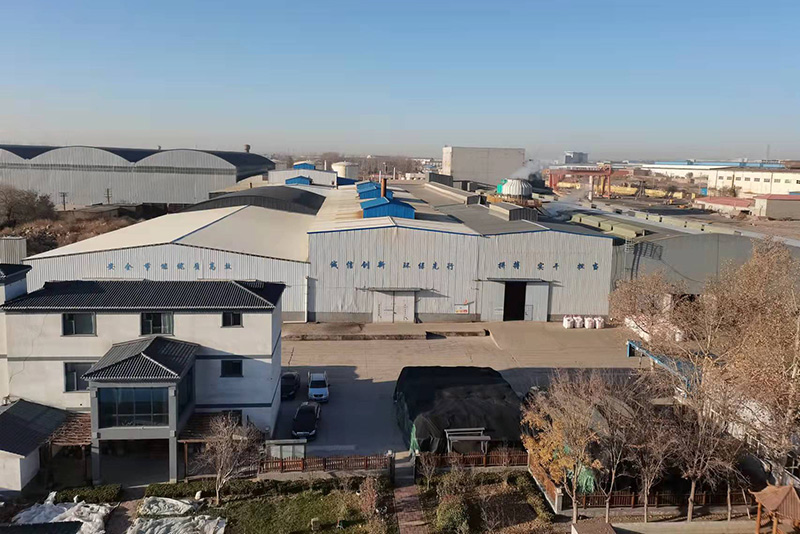The Evolution and Impact of Sand 3D Printing
3D printing has revolutionized various industries by enabling rapid prototyping, customization, and complex design capabilities. Among the many innovative methods of 3D printing, sand 3D printing stands out due to its unique properties and applications. This technology utilizes sand as a primary material, offering numerous advantages in construction, foundry, and artistic fields.
The Evolution and Impact of Sand 3D Printing
One of the most significant benefits of sand 3D printing is its sustainability. Traditional sand casting involves significant waste generation, as excess material must be removed from the mold. In contrast, sand 3D printing minimizes waste by using only the necessary amount of material for each print. Moreover, since sand is an abundant natural resource, using it as a primary material aligns with eco-friendly manufacturing practices. This aspect is increasingly important in today's environmentally conscious market, where industries seek sustainable alternatives to reduce their ecological footprint.
sand 3d print

In the construction industry, sand 3D printing is gaining traction as a revolutionary approach to creating architectural structures. This technology allows for the rapid manufacture of building components, reducing the time and labor associated with traditional construction methods. Innovative projects, such as 3D-printed houses, have begun to emerge, showcasing the potential for creating affordable and sustainable housing solutions. By utilizing sand from local sources, construction projects can also lower transportation costs and streamline the supply chain.
Another notable application of sand 3D printing is in the foundry industry. The traditional process of sand casting can be time-consuming and labor-intensive. However, advancements in 3D printing technology enable foundries to produce molds quickly and efficiently. This ease of production not only accelerates the manufacturing process but also allows foundries to create more intricate designs, enhancing the quality of the final products. As a result, manufacturers can respond faster to market demands while maintaining high standards of precision and craftsmanship.
In the realm of art and design, sand 3D printing opens new avenues for creativity. Artists and designers can explore complex patterns and structures that would be nearly impossible to create using traditional methods. The customization capabilities of sand printing allow for personalized and unique artworks, pushing the boundaries of creativity and expression.
In conclusion, sand 3D printing is transforming multiple industries by offering sustainable, efficient, and innovative solutions. From construction to foundry applications and artistic endeavors, this technology promises to streamline processes, reduce waste, and foster creativity. As advancements continue to be made, the potential applications and benefits of sand 3D printing are likely to expand, marking a new era in manufacturing and design. As we move forward, embracing such technologies will be crucial for building a more sustainable and efficient future.
Post time:Қыр . 10, 2024 08:42
Next:Golden Sanda - Mastering the Art of Self-Defense
